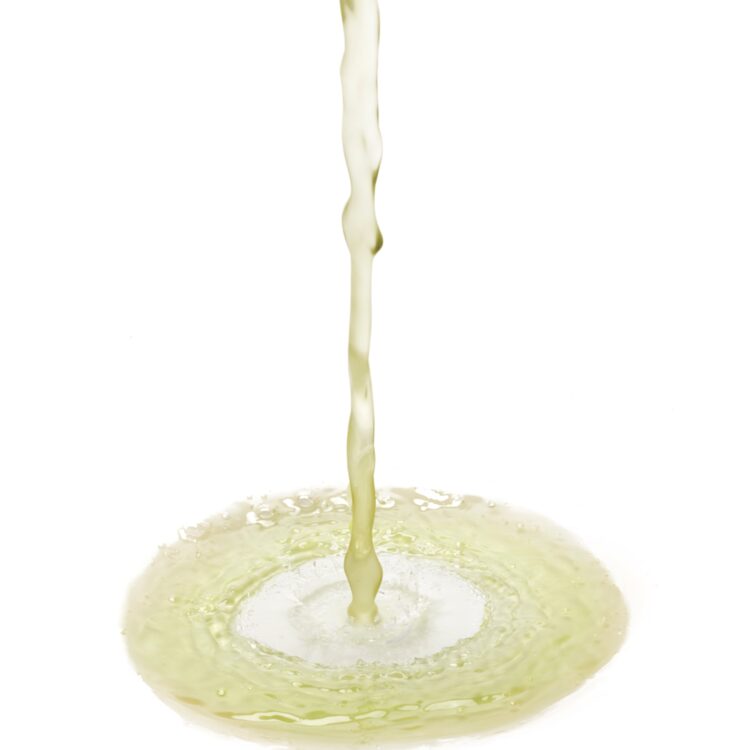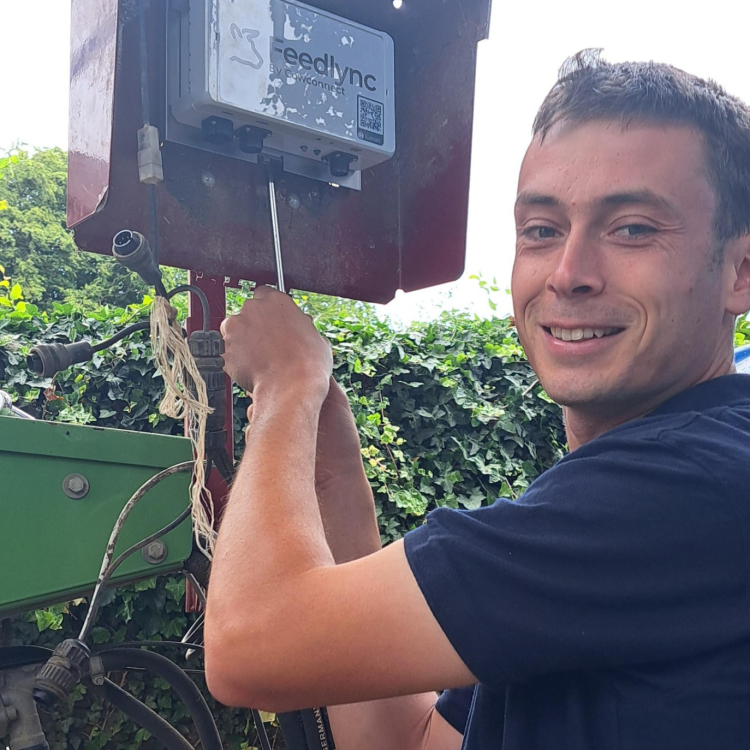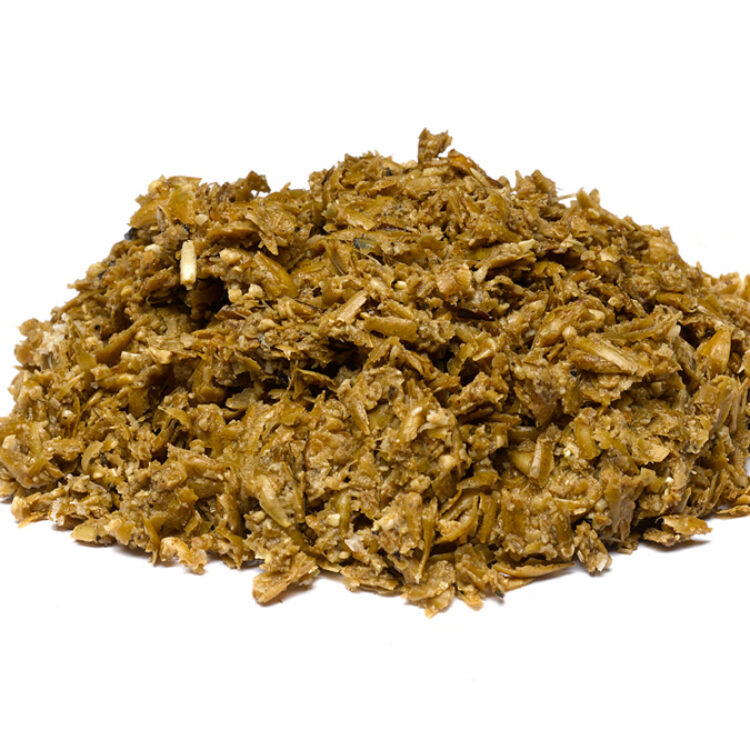
News
Focus on sustainability drives performance and fertility of autumn block calving herd
With some major retailers eliminating soya from milk supply pools, and an estimated 250,000 tonnes of soya used in dairy feeds in the UK, many producers are having to source innovative alternative protein sources, whilst maintaining cow performance and health.
When farm manager Nick Catchpole decided he wanted to remove soya from his 500-cow dairy herd four years ago, the move was met with support from Manor Farm owners Tom and Molly Maidment.
“We were under no obligation to remove soya, but from my previous experience, I knew there were alternatives available that both make sense from an environmental and carbon footprint perspective, but also in terms of improving productivity and fertility,” says Nick.
Managing the autumn block calving herd in Wilcot, Wiltshire, Nick operates a tight calving pattern, with the majority of the herd calving within a six-week period. Cows are put on a transition ration three weeks prior to calving.
Mixed forages include grass silage, maize and wholecrop, with appropriate supplements to get protein levels right.
“During lactation, we try and keep the cows within half a body condition score, trying to reduce excessive weight loss or gain. We try to avoid the peaks and troughs,” says Nick. “Once everything is calved, the focus is on producing milk and getting cows back into calf again, with the aim to get the pregnant cows out to grass.”
With excellent yields from forage of around 8,500 litres to 8,700 litres, with production aims of up to 9,500 litres, there were concerns that removing soya from the ration would negatively impact yields, but Nick was confident he had identified an alternative solution through the UK manufactured rumen rapeseed expeller, NovaPro.
NovaPro from KW Feeds is a high-energy, sustainable rumen protected protein, providing a cost-effective and viable alternative to soya meal, using UK-sourced rapeseed.
Prior to taking on the role at Manor Farm, Nick had been managing a farm in Berkshire where he started considering soya alternatives. Before that, when tenant farming in France, he began questioning the over-reliance on imported proteins.
“With such availability of alternatives because the arable sector is so important in France, we simply didn’t need to import proteins from around the world to feed our cows,” says Nick. “To me, it seems just crazy to transport product half-way around the world to feed your cows when you have it on your doorstep.”
From Nick’s previous experience of introducing alternative protein sources to blends with positive results, he was keen to introduce NovaPro to the milking ration at Manor Farm.
“It was maybe a little bit of a combination of my stubbornness and Tom and Molly’s willingness to support me in this move, but the results have been nothing other than positive,” says Nick.
NovaPro has been in the Manor Farm blend since December 2018, with an absolute non-soya policy now in place for three calving periods. Levels of NovaPro vary depending on the forage base, but there has been no negative impact on yields, while Butterfats run around 4% and protein around 3.3%. Under the previous regime, Butterfats run at around 3.5%.
Nick has also witnessed a marked improvement in fertility, as soon as the ration changed. “Whether that was because I was more attentive as I had stuck my neck out and wanted to make sure I tick all the boxes, I am not sure,” says Nick.
“Whatever the reason, fertility improvements got better and better the further we got from feeding soya,” he adds.
In a recent University of Nottingham trial, NovaPro was found to produce an additional 1.7 litres of milk per cow, per day compared to a soya and rape meal extract diet. The trials also found better amino acid balance and protein utilisation, with no significant effect on milk constituents.
The significant reduction in milk urea level also indicates better protein utilisation, leading to potentially better fertility, as Nick appears to be experiencing.
“Our move away from soya is part of a wider environmental ethos across many aspects of the farm operation, but feed is a very important part of this sustainable approach, given the enormous volumes involved,” Nick concludes.
-

High energy liquid feed helps add value and enhance milk production
With the likelihood of significant variability in grass, wholecrop and maize forages across Scotland this coming winter, dairy producers should…
-

Improved feed efficiencies help boost margins and reduce carbon footprints
Accurate and real-time data exchange key to improving feed efficiency Embracing new technologies and focusing on feed efficiencies and reduced…
-

KW moist feeds storage and handling booklet
Good storage discipline realises greater feed value To get the most from moist feeds it is important to look after…





